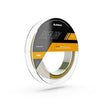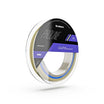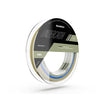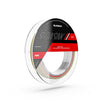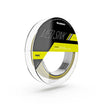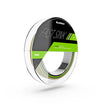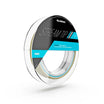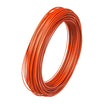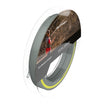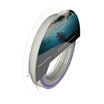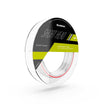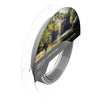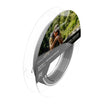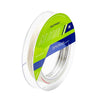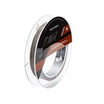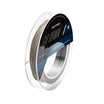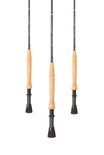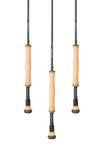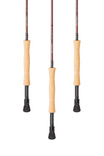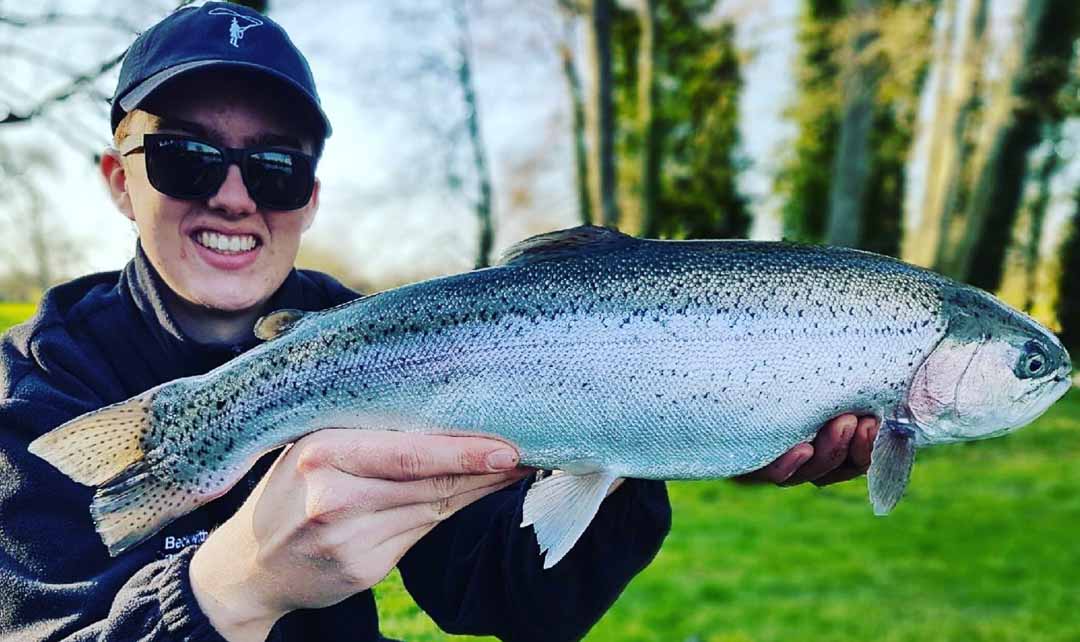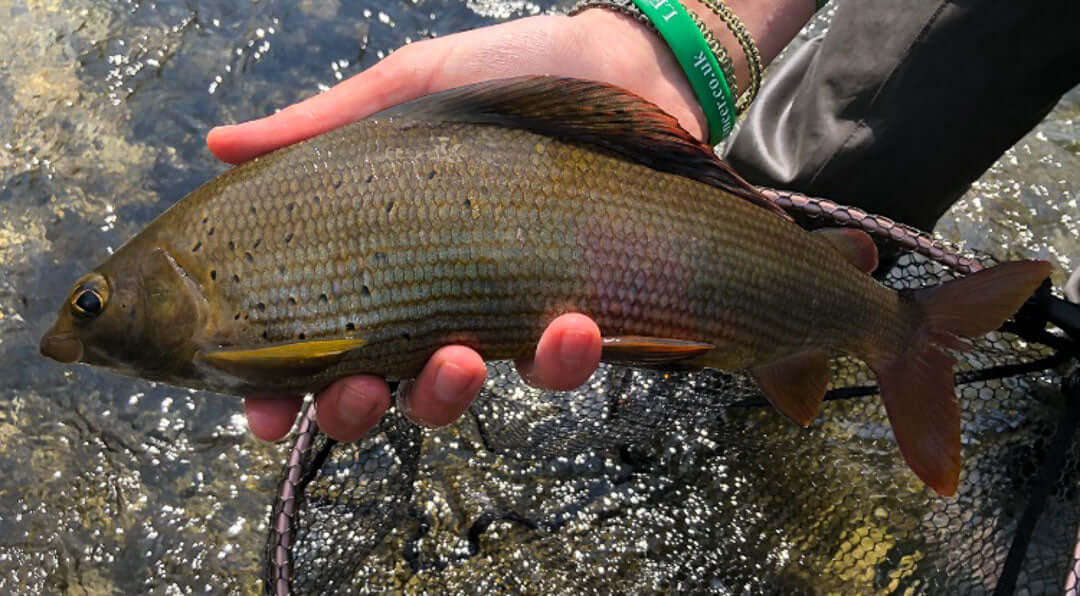Tips to catch fish in Summer
Written by Dave Southall
July & August!!!!!! Many fly fishers seem to consider that this time of year provides poor trout fishing. Certainly things can be slow on small still waters that heat up too much, making the stocked rainbows & browns lethargic & in extreme cases leading to a severe decline in the condition of the fish. Furthermore on rivers that have a good hatch of the big Mayfly, Ephemera danica, once ‘duffers’ fortnight is over in late June the fishing can become more challenging. Nevertheless some of my best fly fishing comes during the dog-days of mid summer. All that is needed is a careful choice of where & when to fish.
Fishing in Yorkshire
Some of the best fishing on my local chalk stream, Driffield Beck that does not have a Mayfly hatch, is to be had in the middle of a baking hot, sunny day in mid & late summer. The high sun & relatively low, gin-clear water is perfect for sight-fishing with dry flies or nymphs/shrimps. Furthermore at that time of year there are usually plenty of Caddis flies about, plus the terrestrials are active in the heat of the day (particularly Daddies & Beetles). I can stealthily walk the riverbank, which now has high bankside cover, looking for fish, even if they aren’t rising. If the fish are on the fin above mid-water I am usually confident that they will rise to a Daddy, a decent sized F Fly or an Elk Hair Caddis. If these fish are tight against the bank then a Foam Beetle plopped just above or behind them will generally elicit a vigorous response. If the fish are below mid-water & as long as they appear to be active, then a nymph, bead-head spider or Gammarus imitation dead-drifted or lifted to induce a take is my choice of tactics.

Late July Driffield Beck
The small heavily wooded streams of my local North Yorks Moors also provide superb sport in the heat of summer. The sun activates the Wood Ants & other terrestrial invertebrates & particularly on windy days they often fall into the river from overhanging trees & bank-side herbage. Many fly fishing writers suggest that trout don’t like bright sun, but I find that the fish haven’t read the right books or articles, because I regularly find the fish preferentially rising in the sunny spots. Once again this reflects the level of insect activity. Check out where the swarms of Dance Flies are located, it will be in the sunny patches (see my earlier blog on Dance Flies). I rarely bother with fishing these streams in the evening unless they are silty & I think that there might be a good Caenis hatch & spinner fall. Caenis are often known as the Angler’s Curse because the fish go mad when there is a mass hatch yet they can be desperately hard to tempt to a suitably small dry fly (size 20 or smaller). When the duns are emerging I have found it pointless to fish a dry fly as the flies do not linger on the surface, they emerge like tiny Polaris missiles & the fish just feed on the nymphs. However within 15 minutes or so of emerging the duns transpose into spinners, mate, egg-lay & die, lying spent in huge numbers on the river surface. This final act can lead to every fish in the river, trout, minnows, grayling, dace & chub avidly feeding on this glut of food. The big problem for the angler is tempting a fish to take his or her offering from the smorgasbord of naturals. My friend Steve discovered what appears to be the answer & that is to fish a size 20 Griffiths Gnat dragged gently to create a wake: this seems to be enough to trigger the fish into selecting the artificial & it has resulted in a few good late evening sessions.

High Summer on a small North Yorks. Moors stream
On the high, open-moorland streams that I fish in Derbyshire, once again, fishing in the middle of the day in high summer can be great as long as the rivers are not suffering from a drought (as in 2018). Yet again terrestrials are more active & the fish feed largely on land-based organisms, Beetles, Ants & Grasshoppers.
Dry fly fishing
If your river has good numbers of Caddis & particularly Blue-winged Olives then evening fishing may well be the most productive time. Many Caddis species emerge or egg-lay in the evenings & into dark, whilst BWO hatches & spinner falls are generally confined to dusk when declining light levels are the key trigger. Glen Pointon devised some clever Bubble Caddis & Spent BWO Spinner patterns using foam coated with luminous watch-makers’ powder that can be charged up with a UV torch, whilst Stuart Crofts has done a similar thing by incorporating luminous shoe laces into his flies for after-dark fishing.
The high alpine streams of Austria provide superb summer fishing, even on the hottest, sunniest of days, as long as the stream is not fed by glacial melt-water. All that is needed is a big (size 12 or 10) Foam Beetle, a size 14 long-shank Chernobyl Ant or a big Klinkhammer & great sport is ensured with brown trout, rainbow trout & brook trout, plus in some rivers grayling. Fishing these turbulent, pocket waters is best done with a Tenkara rod so that all the line & virtually all the tippet can be held off the water to facilitate drag-free drifts. The only viable alternative to Tenkara on most of these high waters is ‘high sticking’ with a long conventional rod (10 to 12’).

Tenkara on an alpine Austrian stream in late summer
A few years ago whilst visiting New Zealand’s South Island in January (the middle of their summer), with unbroken sunshine & temperatures in the mid 30s C, I had great sport in the middle of the day fishing tiny Willow Grub imitations under the overhanging willows along the Mataura River system. Bob Wyatt wrote an article in which he said that the fish just weren’t feeding that January on the Mataura, & it is true that there were no hatches & even in the evening there were virtually no feeding fish, but midday along the overgrown, willow-girt sections of river feeding fish could be found. The only problems were, presenting a size 20 Willow Grub effectively on 3x tippet (I used a Rapala loop knot) & then the difficulty of landing big brown trout amongst a mass of submerged willow branches & roots.

New Zealand Willow Grub

A nice New Zealand trout caught on a size 20 Foam Willow Grub
So don’t discount high summer just because some folks say the fishing then is poor. Get out there & by using a bit of common sense you could have some of the best sport of the year.



